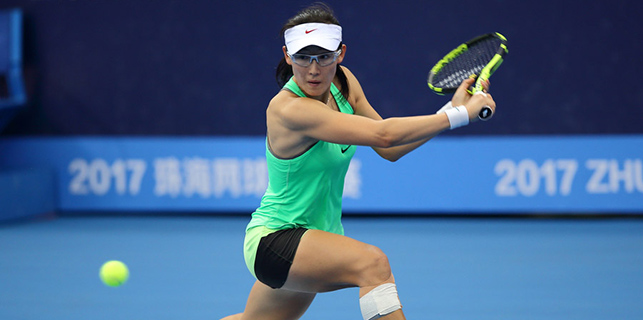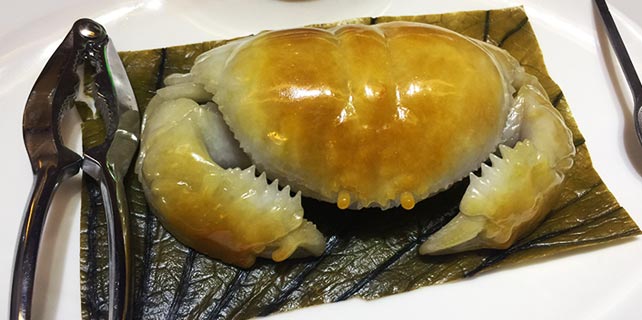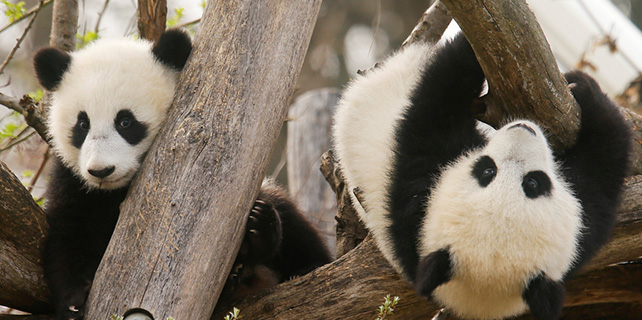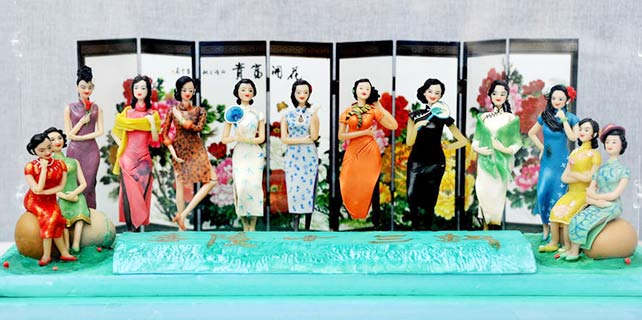Cultural exchanges last from Qin-Han era till now
"It takes you back 2,000 years ago, to the foundation of modern China," says Thomas Campbell, director of the Met.
The Qin and Han dynasties saw an increase of wealth, a leap in craftsmanship, and blossoming art forms. But of all the achievements in the Qin-Han era, the most significant is probably the emergence of national identity, said Jason Sun, Met's curator of Chinese Art.
"It is during this time of unprecedented change that people began to see themselves as one," he said. Until this day, the Chinese still call themselves the "Han" people.
Many of the works on display have never been seen in the West before, and they deliver a transformational era of the Chinese civilization to a global audience, as well as the influence of foreign culture thereon.
Take the rarely-seen hanging lamp on the shape of a man for example. If you look closer, you can tell that the face of the man belongs to a foreigner, probably from Southeast Asia. The hanging design points directly to the ancient Mediterranean culture, where hanging lamps are prevalent.
China witnessed increasing maritime trade during the Han Dynasty. The influence is easily reflected on artworks' aesthetics and techniques.
"This landmark exhibition, the largest and most important display of Chinese art in the United States this year, establishes a new milestone in the US-China cultural exchange," said Campbell.
"We hope the Chinese and American peoples could come even closer to each other through the bonds of culture," said Chinese Culture Minister Luo Shugang, who was there for the exhibition's opening ceremony.
"We hope it can build a strong ground work for all-range cooperation between the two nations, and the development of China-US relationship," he added.
Related photos: Treasures from Qin and Han dynasties previewed in New York









